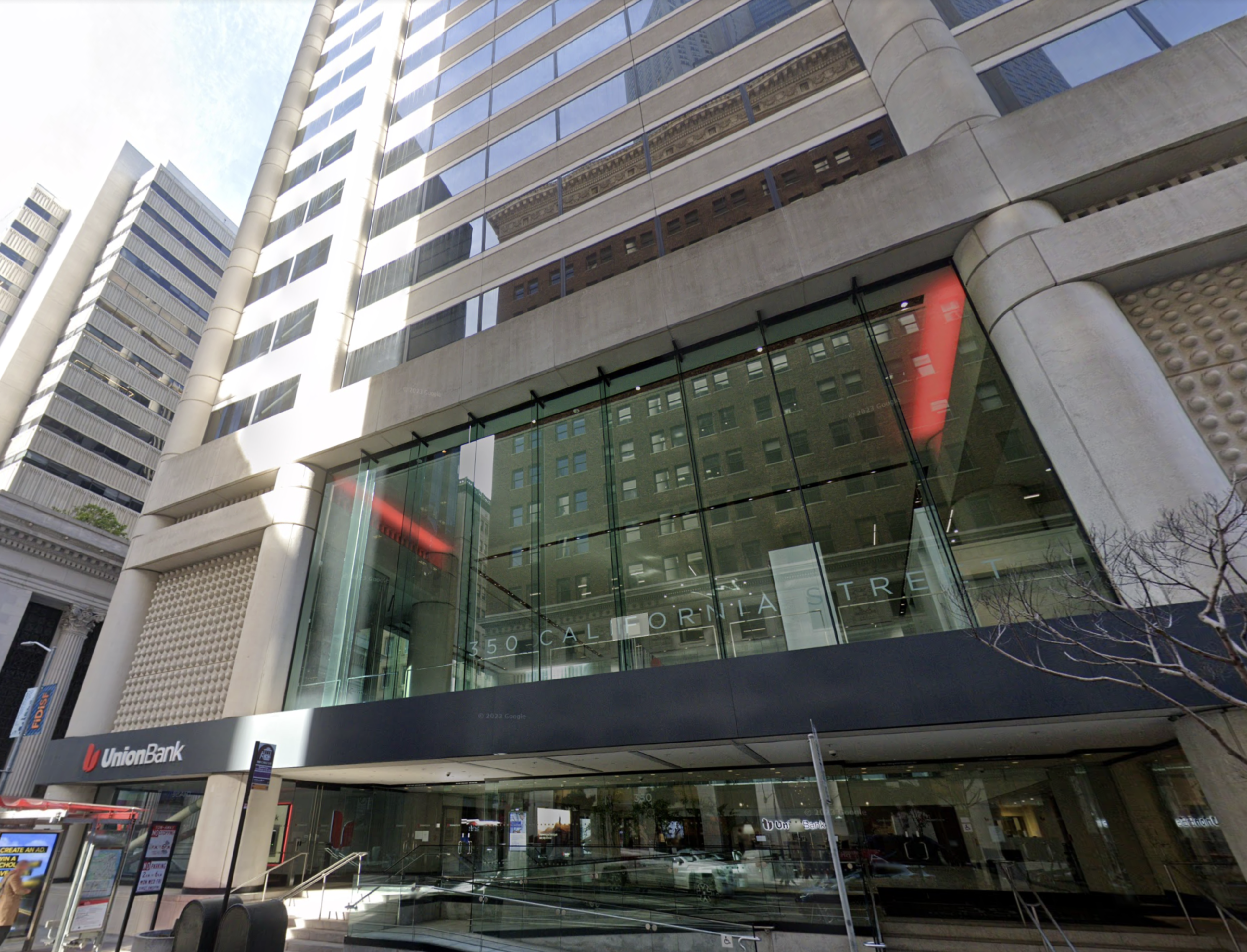The news and the numbers are grim for Downtown San Francisco’s office market—and no one can say with any certainty where the bottom is.
In the first quarter of the year, office vacancies were the highest ever recorded, according to real estate broker CBRE. The firm estimated a 29.5% vacancy rate last quarter, substantially higher than rates seen during the dot-com bust and Great Recession and a seven-fold increase from the start of 2020.
Real estate analysts are expecting vacancies to tick up further as leases—including a major glut of shorter-term subleases—expire in the coming years. More dominos could fall if building owners, faced with lower revenues, decide to hand over their properties back to lenders, many of whom are already-distressed regional banks.
“We’ll have a turnover unlike anything in the history of commercial real estate in the next 12 to 18 months,” said Mark Ritchie, a commercial real estate broker with Ritchie Commercial.
Swimming in Subleases
An analysis by the real estate firm Cresa found that the San Francisco metro area is unusual in the amount of sublease space on the market.
Much of that is driven by big tech firms, which occupied huge campuses before the pandemic, later putting space back on the market as employees opted to work from home. In terms of the percentage of overall office inventory available for sublease, San Francisco has the highest of any metro area.
“San Francisco really became a tech market, so we had an overreliance on the one industry most readily adaptable and embracing of remote work,” said Mark Geisreiter, an executive managing director at commercial real estate company Newmark. “Last year the top 10 sublessors were all big tech companies.”
READ MORE: These Companies Are Trying to Shed Massive Amounts of San Francisco Office Space
Subleases, in particular, often offer rent discounts, more flexible lease terms and lower costs to get the office ready for occupancy. But that doesn’t mean sublease offers are flying off the shelves.
Derek Daniels, research director at Colliers real estate company, said that sublease space would typically be on the market for five to six months before being snapped up or pulled off. But throughout the pandemic, that time has dragged out to around 14 months today.
The current office subleases in San Francisco have an average term remaining of about three years; once they expire, the spaces would become vacant unless reoccupied. Cresa data shows that around 4 million square feet of office space will have subleases expire by the end of 2025.
“We’re expecting things to continue to get worse before they get better,“ Daniels said, adding that economic trends like growing unemployment and federal interest rate hikes are also contributing factors.
Eye of the Storm
Real estate sources said that while tenant interest was starting to recover at the beginning of the year, the collapse of Silicon Valley Bank put a freeze on a lot of companies’ plans.
For commercial landlords, continuing vacancies could lead to a breaking point. With refinancing growing more difficult, there are signs that some landlords are deciding that owning real estate in San Francisco is no longer worth it.
A prime example was real estate firm Redco Development and its investment partner AEW Capital Management walking away from the (opens in new tab) historic 1 Montgomery St. building that they purchased for $84 million in 2019.
“I think we’ll see more of owners saying, ‘This doesn’t make sense anymore. I can’t pencil this. I’m going to do a deed in lieu of foreclosure and give the property back to the lender,” said Janna Luce, managing principal at Cresa.
Transactions have slowed significantly as office owners contend with the reality that their properties are worth far less than they were just three years ago, with some buildings trading hands at huge discounts.
Gap Inc. sold its building at 1 Harrison St. to the Sobrato Organization for around $80 million in February, which real estate experts say was around a 40% haircut compared with what the building would have fetched before the pandemic.

Another possible sale that could set new precedent is the Union Bank building at 350 California St. Sources say bids for that building have come in at around a quarter of its $250 million pre-pandemic value. In a sign of the current state of the market, those offers are currently being entertained.
There’s growing concern that real estate troubles could further damage regional banks already battered by the collapse of Silicon Valley Bank last month.
“Commercial real estate finds itself in the eye of a perfect storm,” said Dan McNamara of Polpo Capital, a hedge fund that holds a short position in the commercial mortgage-backed securities market. “Not only are regional banks a major lender in [commercial real estate], but they also are the largest buyer of agency [commercial mortgage-backed securities].”
A report from MSCI Real Assets (opens in new tab) found that nearly $900 billion worth of commercial loan debt is coming due over the next two years, and building owners received about 27% of their financing from local and regional banks in 2022.
Real estate insiders are worried about a scenario where scores of building owners give up their properties to banks, who are forced to realize these losses on their books when they sell them off.
“I think there’s a lot of concern out there that the banks may have survived the interest rates going up and their investments getting locked in at lower rates, but the other leg of the stool may be commercial real estate,” said one longtime Bay Area commercial real estate broker.
